Composite Geotextile Membrane for Road Construction
Composite geotextile membrane is a geotechnical material composed of multiple layers of materials, featuring excellent functions such as waterproofing, impermeability, and isolation. It is widely used in civil engineering for applications including river restoration, hydraulic engineering, environmental protection, road construction and other fields.
Haoyang Environmental Co., Ltd. presents its Composite Geotextile Membrane, a cutting-edge solution designed to enhance road construction projects. Combining the properties of geotextiles and geomembranes, this product offers exceptional durability, water resistance, and soil stabilization capabilities. Leveraging over 15 years of expertise in geosynthetics, Haoyang provides reliable and eco-friendly materials to improve road construction quality and longevity.
606183.webp)
Product Performance
Firstly, composite geotextile geomembrane exhibits outstanding waterproofing performance. It can effectively prevent moisture from permeating into the soil, maintaining the stability of the soil mass. This is crucial for preventing soil erosion and ensuring the safety of structures and infrastructure. The multi-layered structure of the composite geotextile enhances its waterproofing effectiveness, ensuring that water cannot penetrate to the underlying soil layers.
Secondly, composite geotextile membrane demonstrates excellent impermeability. It prevents soil particles and impurities from infiltrating below, preserving the integrity of the soil mass. This helps reduce the risks of soil erosion and groundwater pollution. The multi-layered structure and combination of different materials in composite geotextile provide superior impermeability, ensuring the stability of soil quality.
Additionally, composite geotextile membrane functions as an effective isolator. It can isolate impurities between different soil layers and prevent them from mutually infiltrating. This contributes to maintaining a balanced soil quality and preventing the spread of pollutants. The multi-layered structure and combination of different materials in composite geotextile provide enhanced isolation effects, ensuring the separation and protection of different soil layers.
Composite geotextile membrane is a powerful geotechnical material that plays a crucial role in civil engineering. It boasts excellent waterproofing performance, impermeability, and isolation effects, safeguarding the stability of soil masses and the safety of the ecological environment. In practical applications, it is essential to make reasonable selections based on the specific requirements and conditions of each project. Strict quality control during the construction process is necessary to ensure the effectiveness and reliability of the composite geotextile membrane. The above performance determines that composite geotextile geomembrane is very suitable for road construction.
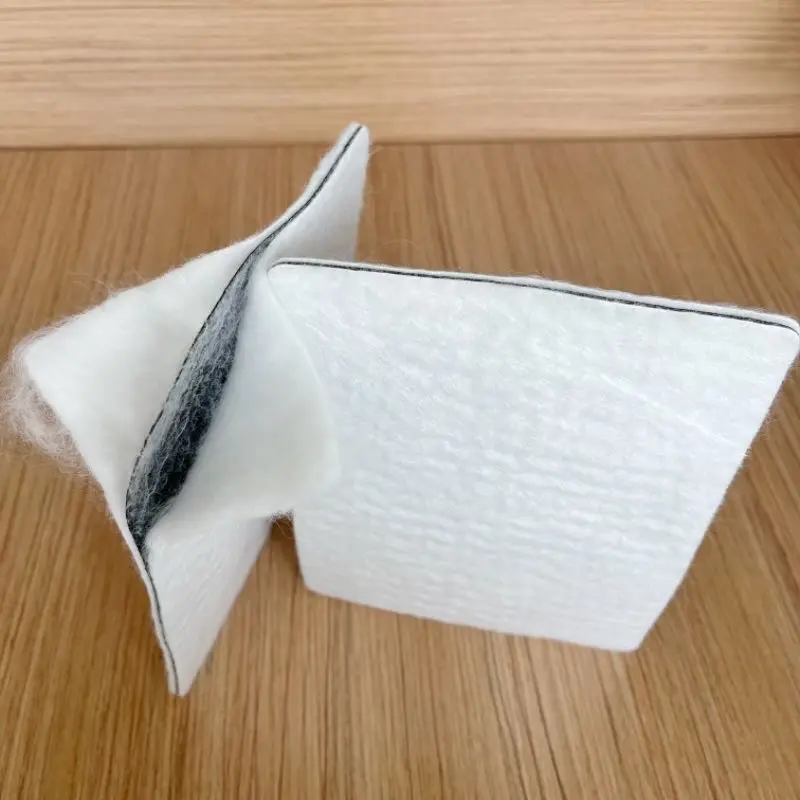
Specifications
| Specification | Details |
|---|---|
| Material Composition | Polyester/Polypropylene Geotextile + Polyethylene Geomembrane |
| Thickness Range | 0.5mm - 3.0mm |
| Width | Up to 6 meters |
| Length | Customized as per project requirements |
| Tensile Strength | ≥ 15 KN/m |
| Permeability | ≤ 1.0×10⁻¹³ cm/s |
| Puncture Resistance | High resistance to mechanical damage |
| UV Resistance | Excellent protection against UV degradation |
| Chemical Resistance | Resistant to acids, alkalis, and other chemicals |
| Temperature Resistance | -40°C to 85°C |
| Standard Color | Black or White (customizable) |
| Customization Options | Thickness, width, color, and length available |
| Compliance | ISO 9001, ISO 14001, OHSAS 18001, and CQC Certified |
Road Construction of Geotextile Membrane
1, Road construction preparation
1), Embankment Slope Cleaning: Level the site, remove all sharp objects, and compact the backfill for slopes. Ensure that the slope meets the required specifications through proper filling and compaction, providing a suitable working surface for laying the composite geotextile.
2), Geotextile Splicing in the Field: For the convenience of road construction and to ensure the quality of splicing, the composite geotextile should preferably be of a wide width, minimizing the amount of on-site splicing. Prior to road construction, cut and splice the composite geotextile based on the width and length required for the site. Join the pieces to form blocks that meet the specified dimensions, roll them onto steel pipes, and manually transport them to the work area for installation.
2,Installation method of composite geotextile membrane
The laying of composite geotextile membrane consists of two parts: laying on the channel bottom and laying on the slope surface. The installation method involves horizontal rolling along the axis direction of the channel. For the slope surface, after the slope is accepted as qualified, rolling is performed along the axis direction of the slope, and a T-shaped connection is used to connect the composite geotextile on the slope with that on the channel bottom. A 10 cm thick sand cushion layer is laid on the upper part, followed by a 10 cm thick concrete surface layer. The top of the embankment is sealed with a concrete layer to form a completely enclosed impermeable system.
3, Jointing of composite geotextile membrane
1), Welding is conducted through hot-melt welding, and jointing includes stitching for the geotextile and welding for the geomembrane. To ensure welding quality, welding should preferably be performed in the factory. However, for the sake of road construction convenience, the width of the composite geotextile should not be too wide, and on-site jointing becomes necessary.
2), The quality of the welding for the composite geotextile membrane is crucial to the success of its impermeability performance. Therefore, it is imperative to ensure the quality of the geotextile welding. Professional technical personnel from the manufacturing company should be dispatched to the construction site to oversee, guide, and train the welding process. Specialized geotextile welding equipment should be used for the welding. For this project, the welding of the geotextile utilizes the ZPR-210V type hot-melt geotextile welding machine, while stitching for the geotextile is conducted using a portable sewing machine.
4,Road Construction Precautions
1), When using the burying method, the coverage should not be less than 30 centimeters.
2), The entire impermeable system should consist of a cushion layer, impermeable layer, transition layer, and protective layer.
3), The soil should be compact, avoiding uneven settlement and cracks within the impermeable range. Grass and tree roots should be removed. A protective layer of small-grained sand or clay should be laid on the contact area with the membrane.
4), During installation, avoid pulling the geotextile too tight. It is preferable for the ends buried in the soil to form a corrugated shape, especially when anchoring with rigid structures, leaving some room for expansion and contraction.
5), During road construction, avoid stones or heavy objects directly impacting the geotextile. It is best to lay the membrane while covering the protective layer simultaneously.
6), Seams: The treatment of seams in composite geotextiles is critical to road construction and directly affects the service life of the project. According to quality testing, the use of hot welding is considered ideal.
Hot welding involves heating the surfaces to be joined in PE geomembranes, melting the surfaces, and then using pressure to fuse them into a single entity.
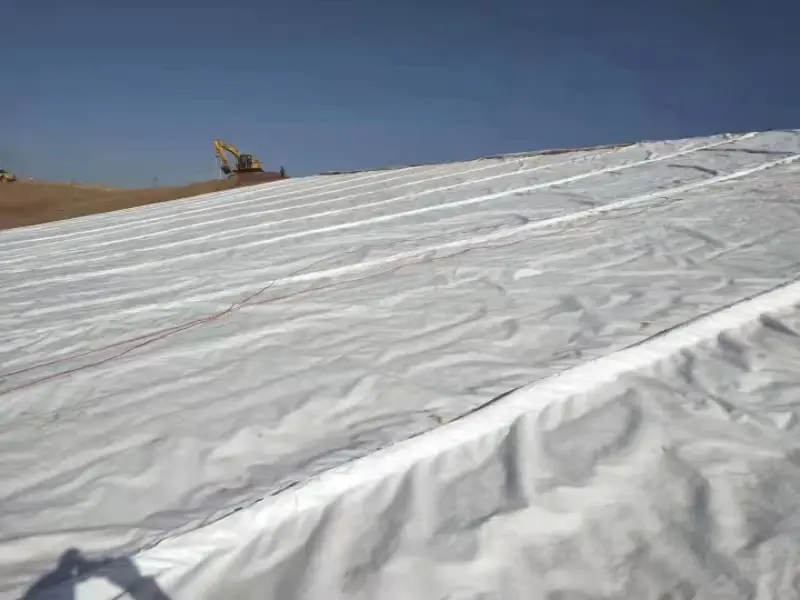
Factory Display
1, Workshop Show
Hanyang invironmental is a leading composite geotextile membrane manufacturer and supplier in China with more than 15 years experience. Our factory covers an area of more than 230 acres, with over 40,000 square meters of standardized industrial plants. The company boasts over 26 modern production lines for geosynthetic materials, with a total annual production capacity of 73,500 tons.
This includes:
The world's only 10-meter-wide, five-layer co-extrusion, online dual-sided roughening, and nitrogen-assisted roughening blow molding geomembrane production line.
PP/PE dual-component ultra-wide high-strength geotextile production line.
The 6-meter-wide drainage net production line.
The twin-screw intelligent warping long-fiber geotextile production line.
Powder-type bentonite waterproof blanket production line.
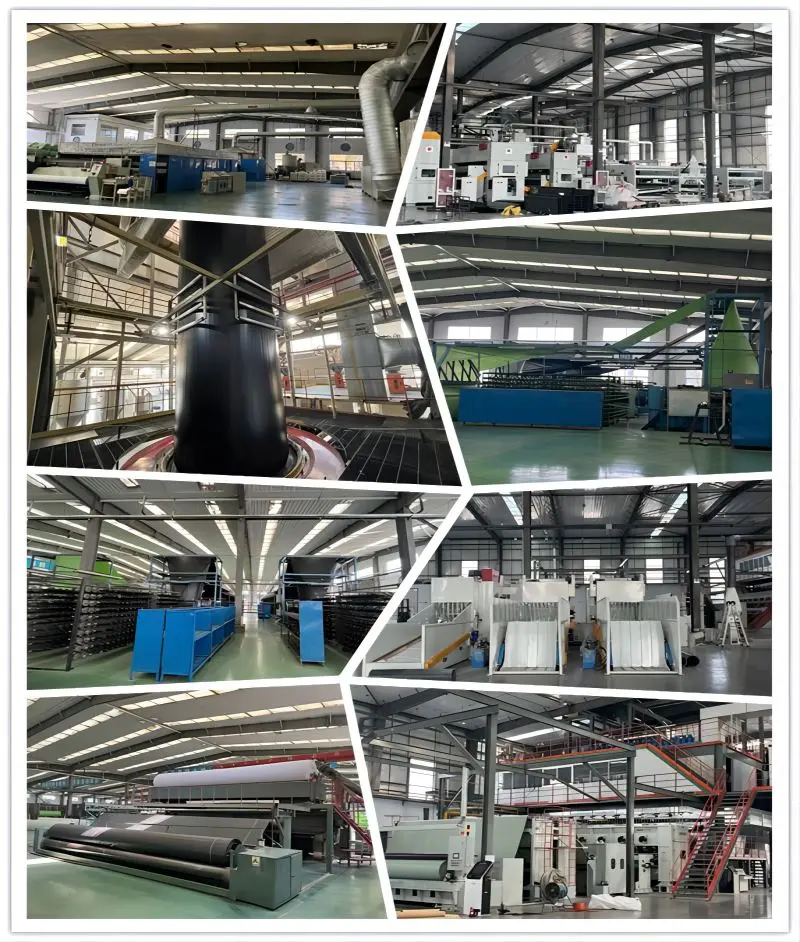
2,Advantages of Ordering from Factory
1), Quality Control: Factories typically have stringent quality control standards and processes, ensuring product consistency and quality. Direct sourcing allows better monitoring and assurance that products meet your standards and requirements.
2), Supply Stability: Establishing a direct relationship with the factory helps ensure supply stability, avoiding supply chain disruptions due to changes in intermediaries or other issues.
3), Customized Services: Working directly with a factory often means greater flexibility and the possibility of obtaining customized services. You can adjust product specifications to meet the requirements of specific projects.
4), Better Pricing and Negotiation Opportunities: Negotiating directly with the factory may result in more competitive prices. Eliminating intermediaries reduces additional costs and provides more negotiation space for both parties.
5), Direct Communication: Collaborating directly with the factory establishes a more direct communication channel. This helps address issues, provide feedback, and better understand the production process of the product.
6), Regular Delivery and Production Scheduling: Factories can often provide regular deliveries and reasonable production scheduling to fit your project timeline.
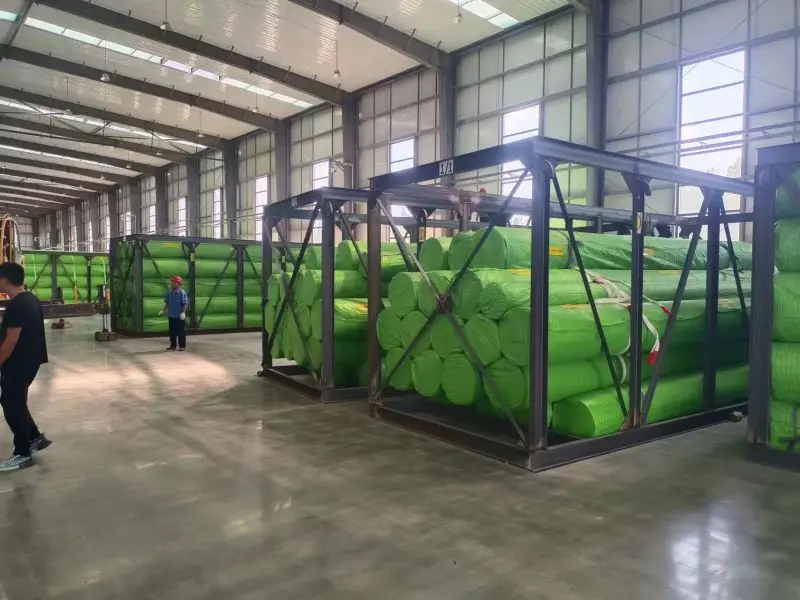
Company Advantages
Expertise and Innovation: With 15+ years of experience, Haoyang is a leader in geosynthetic material research and manufacturing.
Certifications: ISO 9001, ISO 14001, OHSAS 18001, and CQC certifications ensure top-tier product quality.
R&D Excellence: A professional technical team and 35+ patents underline our commitment to innovation.
Sustainability Commitment: Environmentally friendly processes align with global eco-conscious construction trends.
Global Reach: Trusted by clients worldwide, Haoyang delivers products for diverse infrastructure projects.
Elevate your road construction projects with Haoyang’s Composite Geotextile Membrane – your partner in quality, reliability, and innovation. Contact us today!
FAQ
1: What is a composite geotextile membrane, and how is it used in road construction?
A composite geotextile membrane is a multi-layered geotechnical material with characteristics of both geotextiles and geomembranes. It is used in road construction to provide functions such as separation, reinforcement, and impermeability to enhance the performance and durability of road structures.
2: What are the key benefits of using composite geotextile membranes in road construction?
Composite geotextile membranes offer excellent mechanical properties, waterproofing, and impermeability. They help prevent soil erosion, enhance load-bearing capacity, and provide long-term stability to road structures. Additionally, they contribute to environmental protection by reducing the risk of water pollution.
3: How does a composite geotextile membrane contribute to road construction cost-effectiveness?
By serving multiple functions such as separation, reinforcement, and impermeability, composite geotextile membranes reduce the need for additional materials and construction layers. This not only streamlines the construction process but also minimizes overall project costs.
4: Can composite geotextile membranes be customized for specific road construction projects?
Yes, composite geotextile membranes can be customized based on the specific requirements of road construction projects. This includes adjusting material composition, width, and other specifications to meet the unique needs of different applications and locations.
5: How do composite geotextile membranes contribute to the environmental sustainability of road construction?
Composite geotextile membranes promote environmental sustainability by preventing soil erosion, reducing the need for excessive excavation, and minimizing the risk of pollutants entering water sources. Their use in road construction aligns with eco-friendly practices, ensuring long-term environmental health.


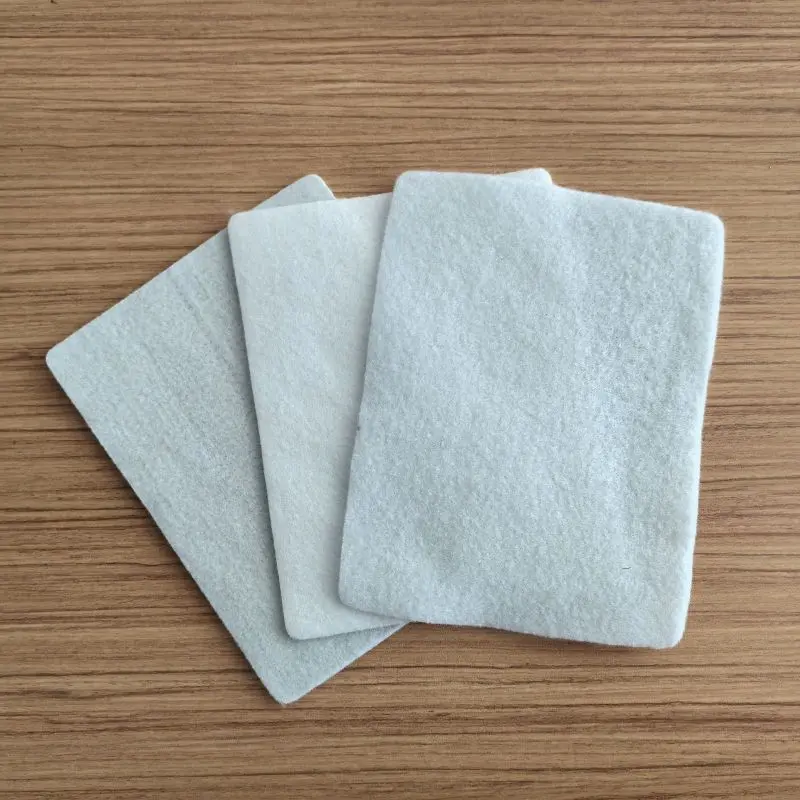
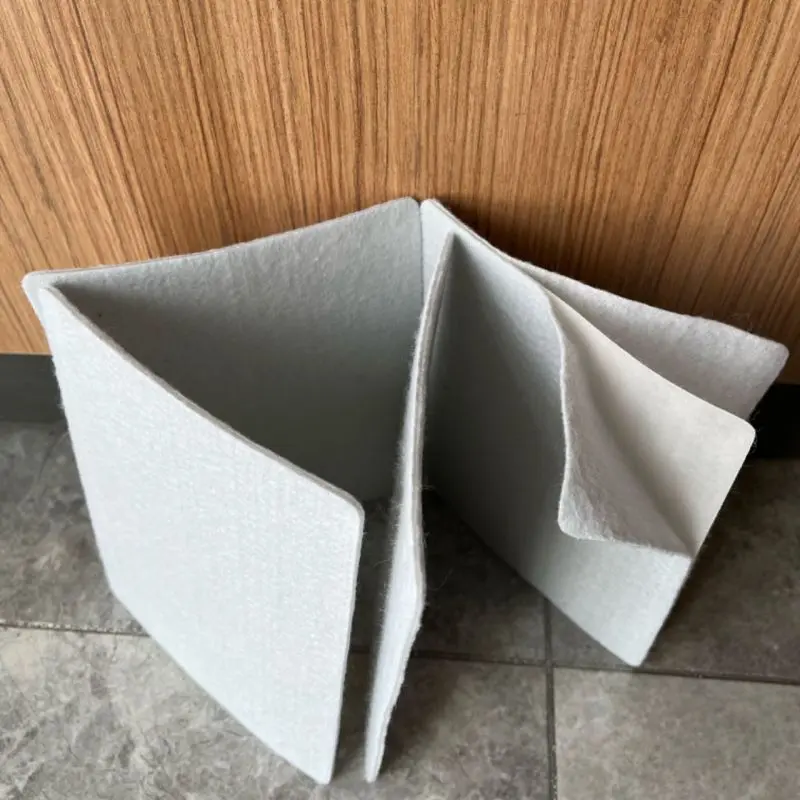
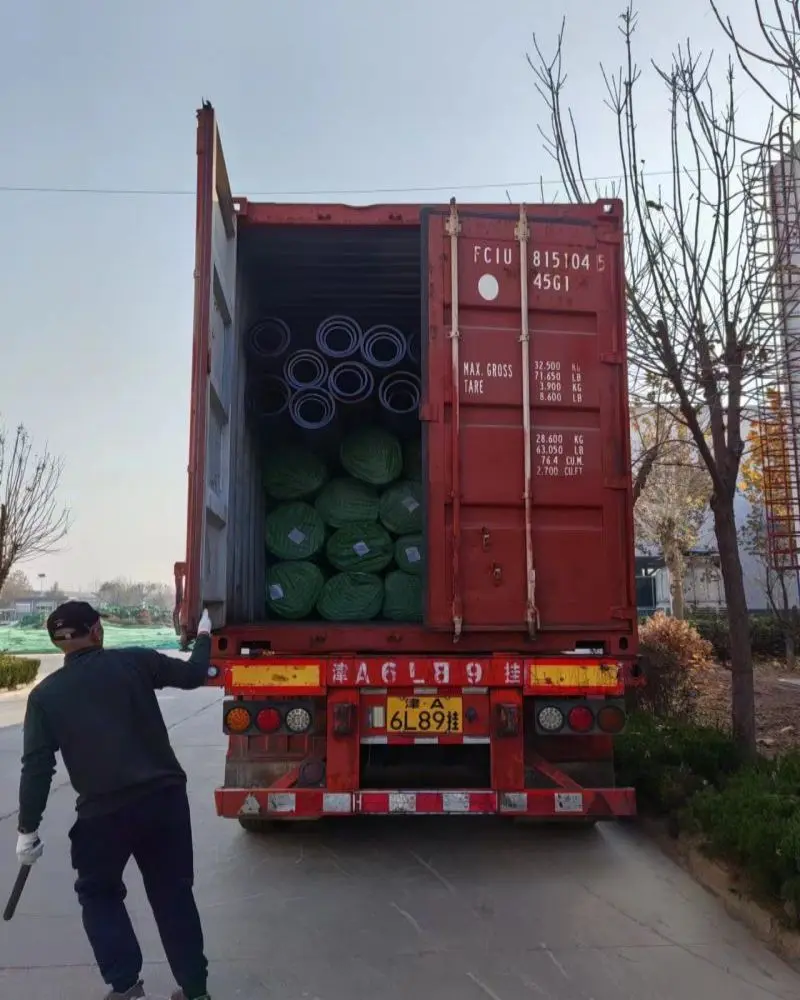
503.webp)
759.webp)
992.webp)
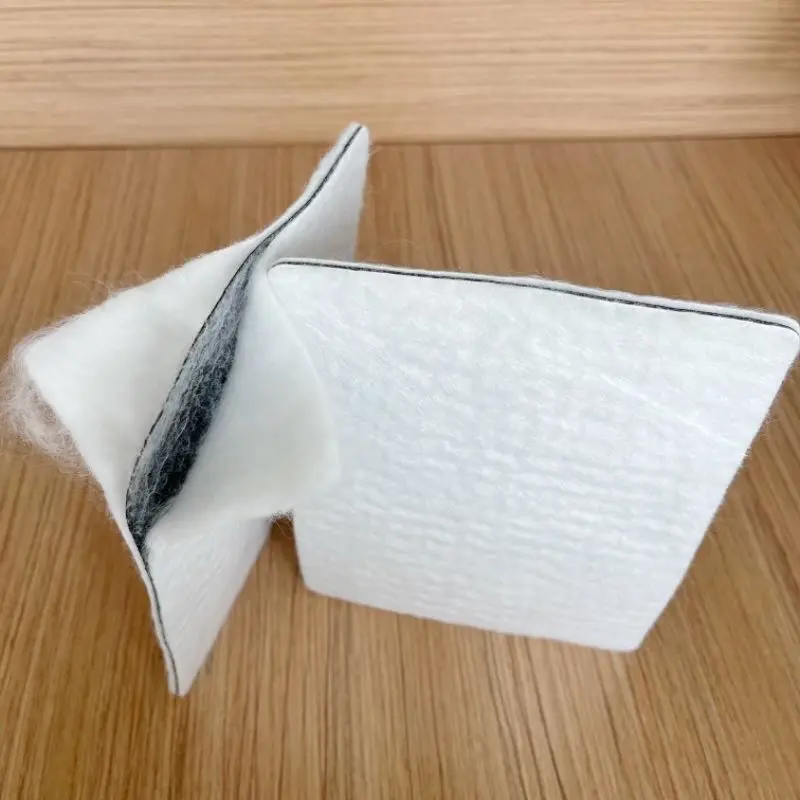
855.webp)